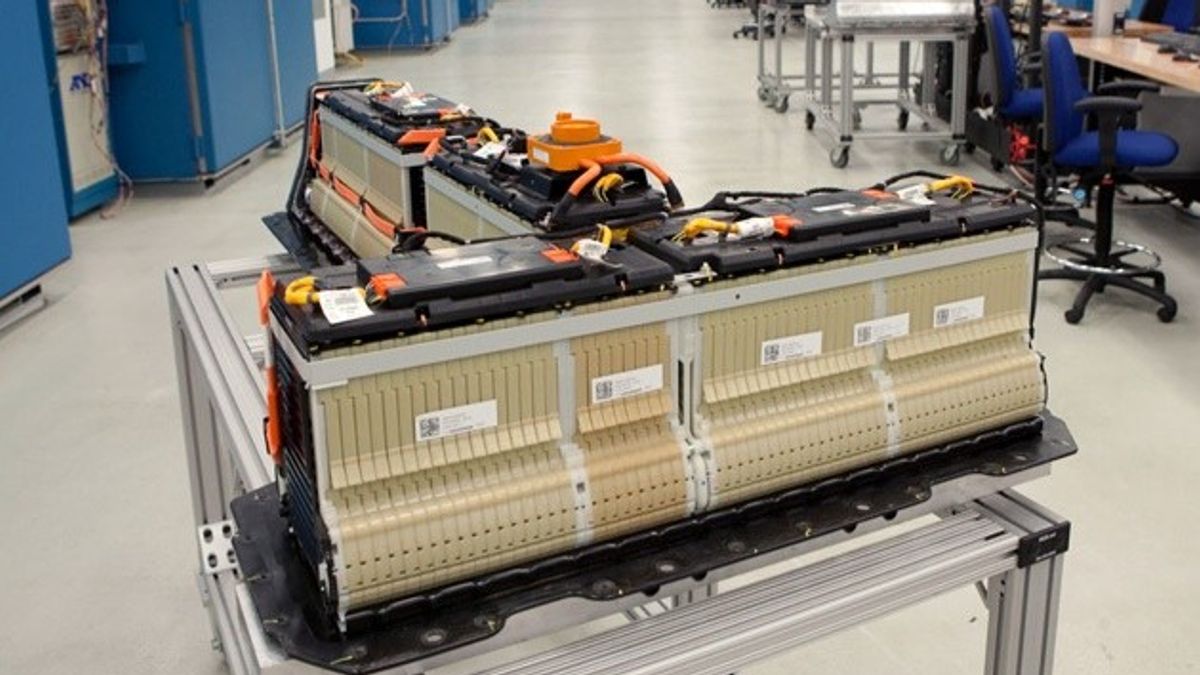
Chevrolet Volt Battery Fire; A Common Sense Response from MGS Tech
November 19th, 2011
Categories
In response to questions that have arisen from the recent publicity regarding the Chevrolet Volt battery fire at the NHTSA, we at MGS Tech have been asked to shed some light on things that are being reported, and how accurate they may or may not be.
All vehicles have the potential of fire regardless of the type of propulsion they use. Fire fighters have been dealing with gasoline and diesel fuels as a vehicle fire hazard for over 100 years. Electric power stored in a battery is not that different than a tank of gasoline. In both cases, large amounts of energy are stored for later use in the propulsion of the vehicle. When a gas tank is compromised and leaking, an ignition source is all that is needed to ignite a fire. If a high voltage battery is damaged in a collision, the potential of a direct short within the battery can cause heat build-up, potentially leading to a fire. However, high voltage (HV) batteries are designed with safety systems that should prevent a thermal event from becoming a run-away battery fire. In contrast to this single Chevrolet Volt battery incident, 12 volt Lead-Acid cell batteries, found in every car and truck on the road today, are a common cause of vehicle fires, and are a caustic acid spill hazard whether or not the vehicle has been damaged.
The anatomy of a HV battery can shed some light on how their design has been developed for the safety of the general public and potential first responders. All batteries are composed of multiple cells of a lower voltage that are combined together to create a higher voltage. This is true weather the battery is Lead-Acid, Nickel Metal Hydride (NiMH) or Lithium-Ion (Li-Ion). The potential voltage output of a battery depends on the number of cells combined together. A Prius NiMH battery has thirty 7.2VDC battery cells that are connected in series circuit to produce a total potential output of 210VDC. A Chevrolet Volt Li-Ion battery has two hundred eighty eight 1.25VDC cells that are connected in a series circuit to produce a total output of 360VDC. The Tesla Roadster EV has a 990lb main HV battery which contains thousands of tiny batteries connected together. It should be noted that Li-Ion batteries only contain trace amounts of Lithium, and are not considered a class D fire hazard. To put that into perspective, the Chevrolet Volt battery is reported to contain only 4 grams of Lithium in its several hundred pound battery. Years of research and development have been devoted to making hybrid and EV batteries exceed safety standards to protect the driving public and first responders that may eventually be called on scene. Hybrid and EV vehicles are statistically safer than their conventional counterparts due to stringent safety standards.
A recent article forwarded to us suggested that a potential procedure is under development that would require a specialized team to respond to the damaged vehicles’ location. This team would be trained to drill holes in the battery cells to “drain” them and make them “inert”. However, NiMH and Li-Ion batteries do not have a liquid electrolyte. It is actually a gel that is absorbed into the battery material. Since the gel is not a spill hazard, it is not possible to drain them. In our research, we at MGS Tech have taken many of these battery cells apart and verified that this is true. In addition, due to the high cost of these batteries, destroying them in this manner when a vehicle is damaged would contribute to a much higher number of vehicles being written off as a total loss. The concept of a major response of this type to every damaged vehicle is extreme and not necessary.
In reality, vehicles with battery damage should be inspected on a case by case basis. Insurance adjusters and body repair estimators should be familiar with any potential issues that may arise. It is still important to remember that all cars that have been involved in collisions have a risk of fire. HID headlights, gasoline and diesel fuels are a much more likely cause for a car fire after an accident than a high voltage battery. Electric and hybrid vehicles are at no increased risk. We have confidence that the manufacturers of these excellently engineered vehicles will come up with an executable and reasonable response plan to deal with any battery issues. Chicken Little can rest easy tonight knowing that the sky is not falling.
Matt Stroud – President
Paul Bindon – Vice President
MGS Tech
————————————————————————————
The team at MGS Tech specializes in providing their comprehensive Hybrid/New Vehicle Technology Safety Course to First Responders nation-wide.